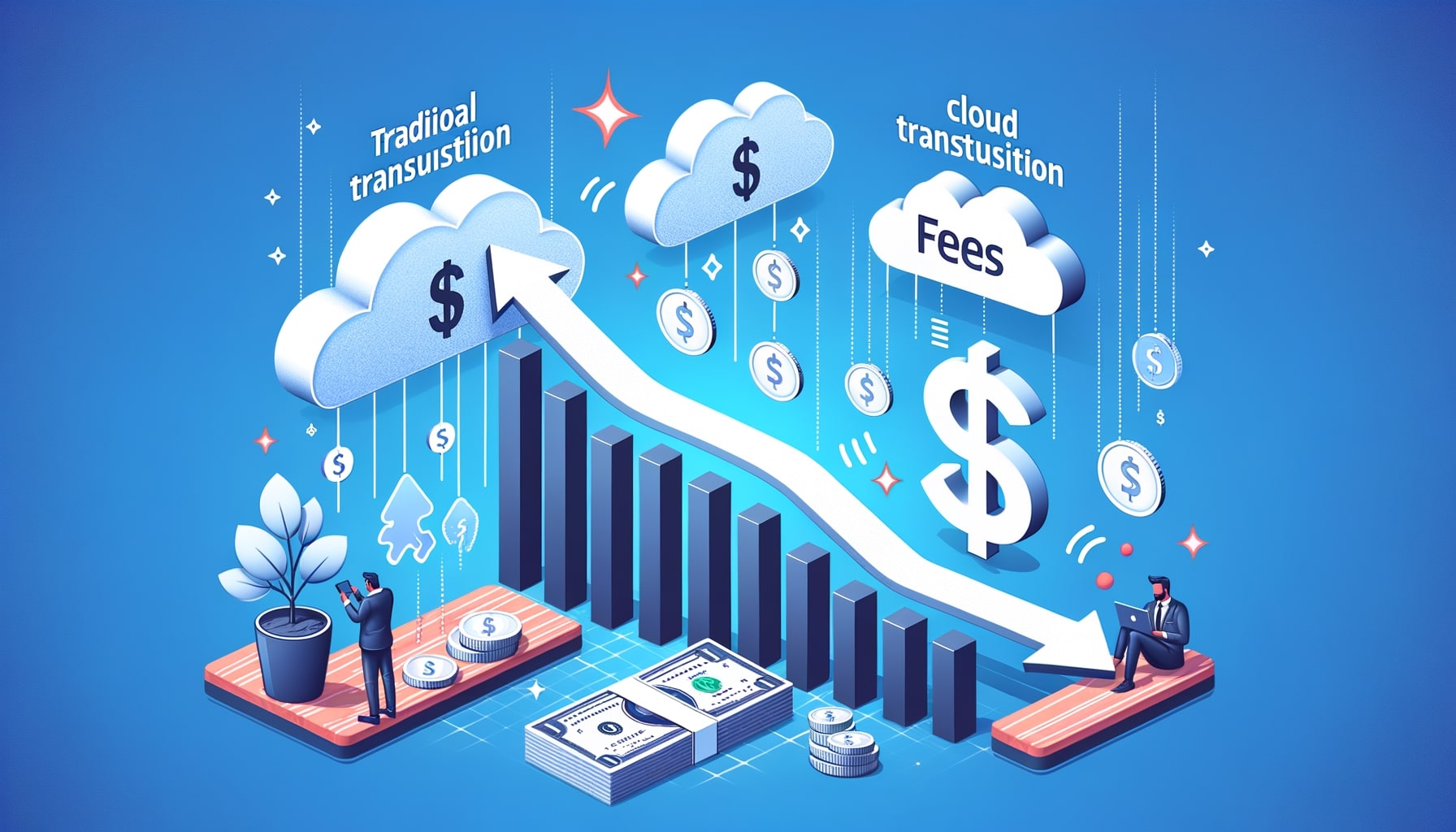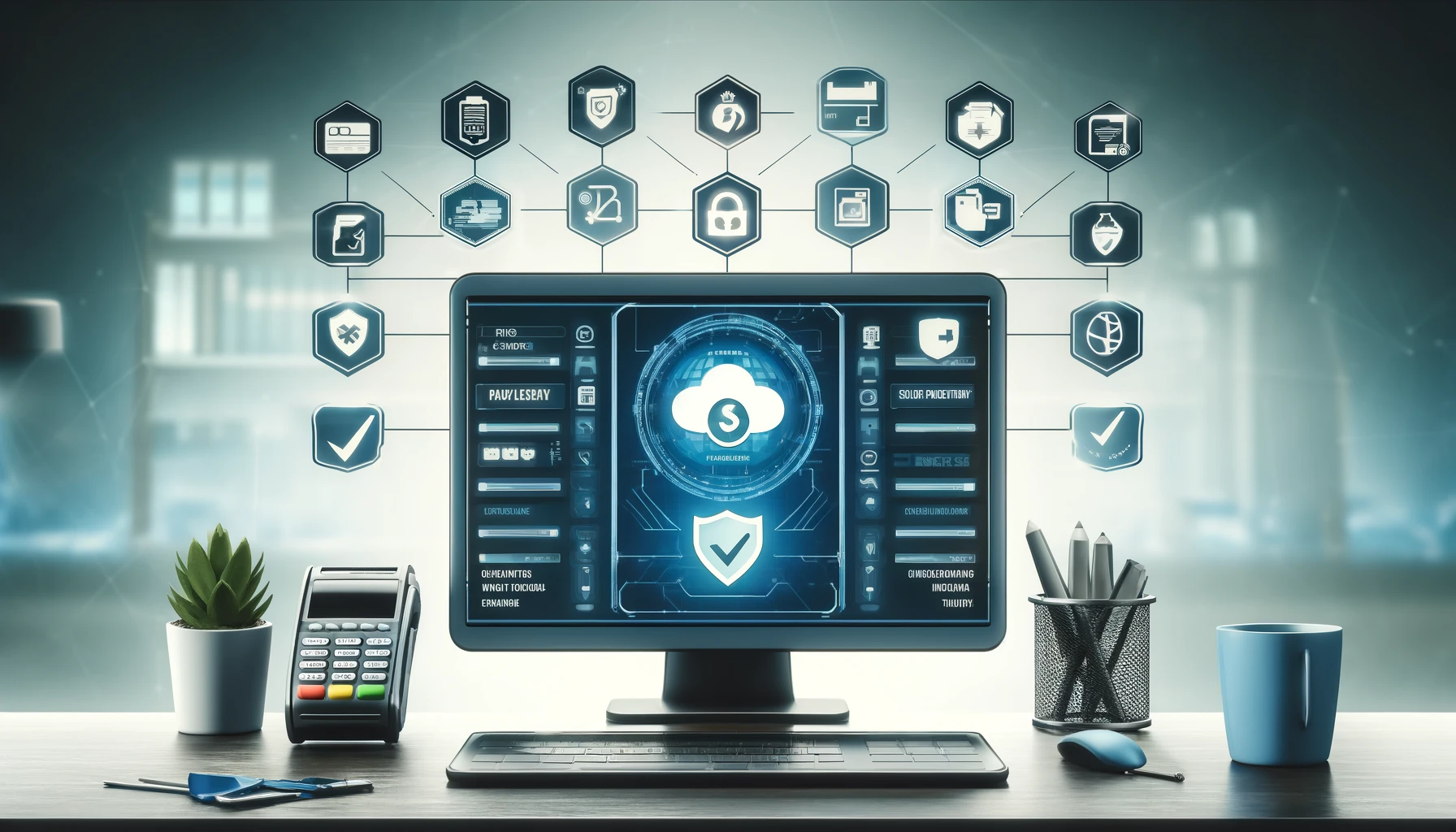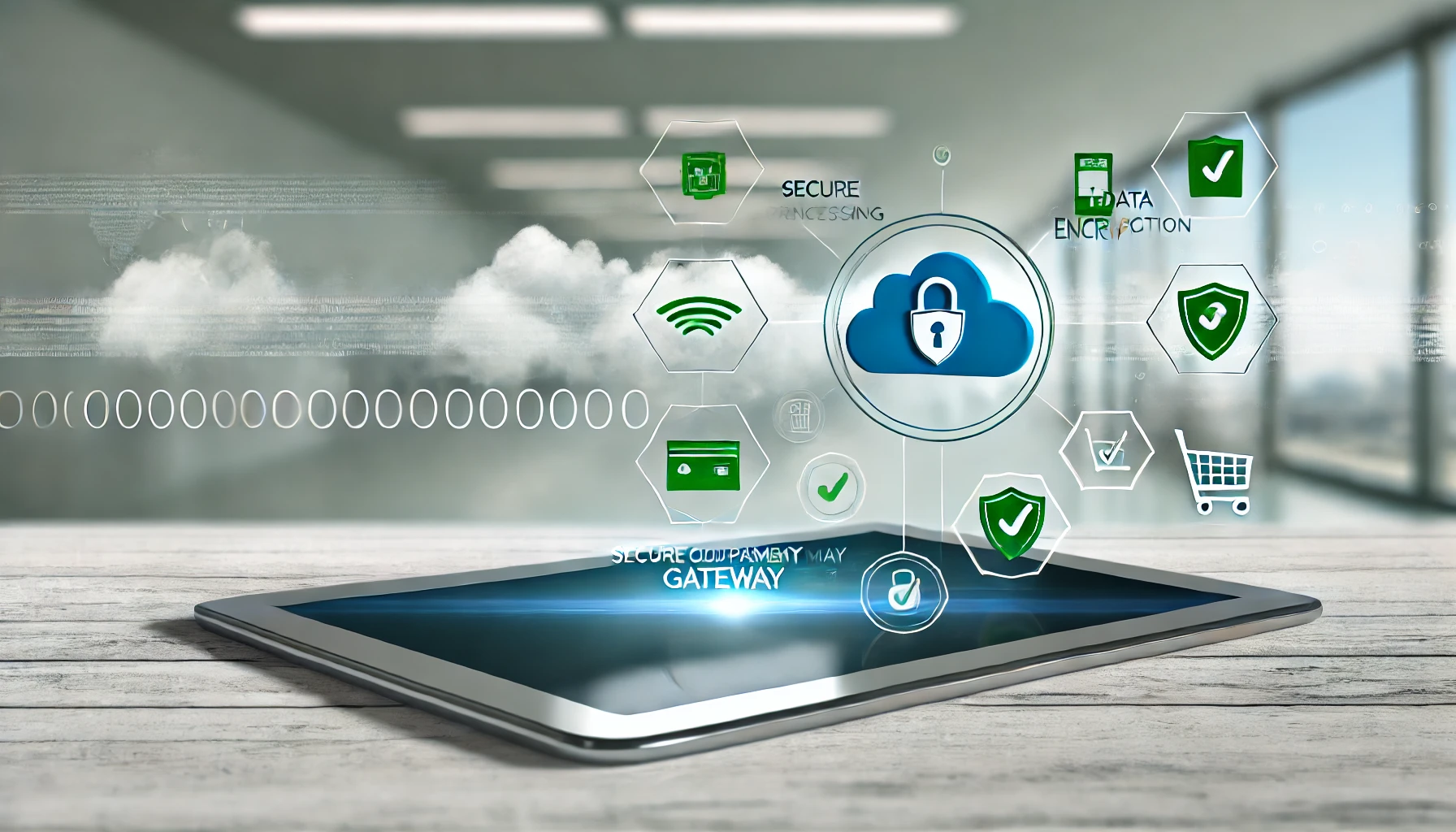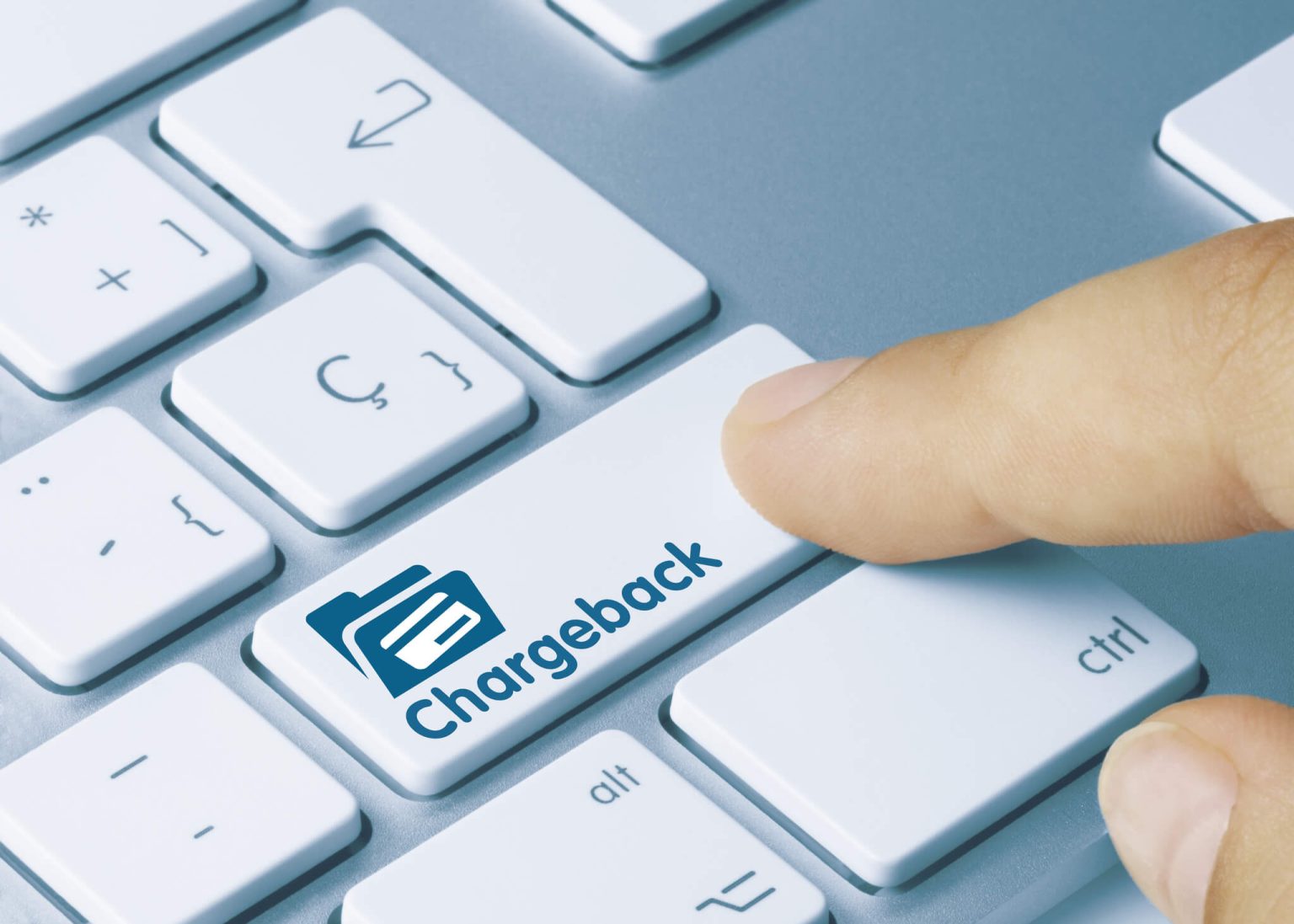How to Handle Disputes and Chargebacks in Cloud Payment Systems
In today’s digital age, cloud payment systems have revolutionized the way businesses handle transactions. These systems offer convenience, speed, and security, allowing businesses to accept payments from customers seamlessly. However, with the rise in online transactions, disputes and chargebacks have become an inevitable part of the payment process.
Disputes occur when customers question a transaction, while chargebacks are initiated by customers who believe they have been wrongfully charged. Handling these disputes and chargebacks effectively is crucial for businesses to maintain customer satisfaction and protect their revenue.
Understanding the Causes of Disputes and Chargebacks
To effectively handle disputes and chargebacks, it is essential to understand the underlying causes. There are several reasons why customers may initiate a dispute or chargeback:
- Unauthorized Transactions: One of the most common causes of disputes and chargebacks is unauthorized transactions. Customers may claim that they did not authorize a payment or that their payment information was stolen.
- Dissatisfaction with Product or Service: Customers may dispute a transaction if they are dissatisfied with the product or service they received. This could be due to receiving a defective product, poor customer service, or not receiving the product as described.
- Billing Errors: Billing errors, such as double charges or incorrect amounts, can also lead to disputes and chargebacks. Customers may dispute a transaction if they believe they have been overcharged or if there is an error in the billing statement.
- Fraudulent Activity: Fraudulent activity, such as identity theft or stolen credit card information, can result in disputes and chargebacks. Customers may dispute a transaction if they believe it was made fraudulently.
Preventive Measures to Minimize Disputes and Chargebacks

While disputes and chargebacks cannot be completely eliminated, businesses can take preventive measures to minimize their occurrence. Implementing the following strategies can help reduce the risk of disputes and chargebacks:
- Clear and Transparent Policies: Clearly communicate your refund, return, and cancellation policies to customers. Make sure these policies are easily accessible on your website and include them in your terms and conditions. Transparent policies help set customer expectations and reduce the likelihood of disputes.
- Accurate Product Descriptions: Provide accurate and detailed product descriptions to avoid any misunderstandings or misinterpretations. Include high-quality images, dimensions, specifications, and any other relevant information. Clear product descriptions can help prevent disputes related to product dissatisfaction.
- Prompt Customer Support: Offer prompt and efficient customer support to address any customer concerns or issues. Respond to customer inquiries and complaints in a timely manner, providing solutions or alternatives when necessary. Good customer support can help resolve disputes before they escalate into chargebacks.
- Secure Payment Processing: Ensure that your cloud payment system is secure and compliant with industry standards. Implement fraud detection tools and encryption technologies to protect customer payment information. A secure payment processing system reduces the risk of fraudulent transactions and chargebacks.
Effective Communication Strategies for Resolving Disputes
When a dispute arises, effective communication is key to resolving the issue and maintaining a positive customer relationship. Here are some strategies for effective communication during dispute resolution:
- Active Listening: Listen attentively to the customer’s concerns and let them express their frustrations or grievances. Show empathy and understanding to build rapport and trust.
- Stay Calm and Professional: Remain calm and professional throughout the communication process, even if the customer becomes angry or confrontational. Responding with professionalism helps de-escalate the situation and promotes a constructive dialogue.
- Provide Clear Explanations: Clearly explain the transaction details, including the product or service purchased, the payment process, and any relevant policies. Use simple and concise language to avoid confusion or misunderstandings.
- Offer Solutions: Propose solutions or alternatives to address the customer’s concerns. This could include offering a refund, replacement, or store credit. Providing options shows that you are willing to work towards a resolution.
Step-by-Step Guide to Handling Disputes in Cloud Payment Systems
When a dispute arises, it is crucial to have a structured approach to handle the situation effectively. Follow these steps to navigate the dispute resolution process in cloud payment systems:
- Acknowledge the Dispute: Once a dispute is initiated, acknowledge it promptly. Send an acknowledgment email to the customer, assuring them that their concerns are being addressed.
- Gather Information: Collect all relevant information related to the transaction, including order details, payment records, and any communication with the customer. This information will be crucial in resolving the dispute.
- Investigate the Dispute: Conduct a thorough investigation to determine the validity of the customer’s claim. Review the transaction details, payment records, and any supporting evidence provided by the customer.
- Communicate with the Customer: Engage in open and transparent communication with the customer. Keep them informed about the progress of the investigation and any additional information required.
- Offer a Resolution: Based on the investigation findings, offer a fair and reasonable resolution to the customer. This could involve issuing a refund, providing a replacement, or offering store credit.
- Document the Resolution: Document the resolution agreed upon with the customer. This documentation will serve as evidence in case of any future disputes or chargebacks.
Best Practices for Managing Chargebacks in Cloud Payment Systems
Chargebacks can be a significant challenge for businesses, as they not only result in revenue loss but also impact the merchant’s reputation. Implementing the following best practices can help manage chargebacks effectively:
- Maintain Accurate Records: Keep detailed records of all transactions, including order details, payment records, and customer communication. Accurate records will be crucial in providing evidence during the chargeback process.
- Respond Promptly: Respond to chargeback notifications promptly to meet the required deadlines. Failing to respond within the specified timeframe may result in an automatic loss of the dispute.
- Provide Compelling Evidence: Gather and provide compelling evidence to support your case during the chargeback process. This could include order confirmations, shipping receipts, delivery confirmations, and any communication with the customer.
- Monitor and Analyze Chargeback Trends: Regularly monitor and analyze chargeback trends to identify any patterns or recurring issues. This analysis can help identify areas for improvement and implement preventive measures.
Utilizing Technology to Streamline Dispute Resolution Processes
Technology plays a crucial role in streamlining dispute resolution processes in cloud payment systems. Here are some ways businesses can leverage technology to enhance their dispute resolution capabilities:
- Automated Dispute Management Systems: Implement automated dispute management systems that can track, manage, and resolve disputes efficiently. These systems can streamline the dispute resolution process, reducing manual effort and improving response times.
- Fraud Detection Tools: Utilize advanced fraud detection tools that can identify suspicious transactions and potential chargeback risks. These tools use machine learning algorithms to analyze transaction patterns and detect fraudulent activity.
- Real-Time Transaction Monitoring: Implement real-time transaction monitoring to identify and address potential disputes as they occur. Real-time monitoring allows businesses to take immediate action, reducing the likelihood of chargebacks.
- Customer Self-Service Portals: Provide customers with self-service portals where they can view their transaction history, initiate disputes, and track the progress of their cases. Self-service portals empower customers and reduce the need for manual intervention.
Common FAQs about Disputes and Chargebacks in Cloud Payment Systems
Q.1: What is the difference between a dispute and a chargeback?
A dispute is initiated by a customer when they question a transaction, while a chargeback is initiated by the customer’s bank or credit card issuer when they believe they have been wrongfully charged.
Q.2: How long does it take to resolve a dispute?
The time taken to resolve a dispute can vary depending on the complexity of the case and the responsiveness of the parties involved. On average, it can take anywhere from a few days to several weeks.
Q.3: Can disputes and chargebacks be prevented entirely?
While it is not possible to prevent disputes and chargebacks entirely, implementing preventive measures and effective communication strategies can significantly reduce their occurrence.
Q.4: What should I do if I receive a chargeback notification?
If you receive a chargeback notification, respond promptly within the specified timeframe. Gather and provide compelling evidence to support your case and follow the chargeback resolution process outlined by your payment processor.
Conclusion
Disputes and chargebacks are an inevitable part of cloud payment systems. However, by understanding the causes of disputes, implementing preventive measures, and utilizing effective communication strategies, businesses can minimize their occurrence. A structured approach to handling disputes, along with best practices for managing chargebacks, is crucial for maintaining customer satisfaction and protecting revenue.
Leveraging technology to streamline dispute resolution processes and providing self-service portals for customers can further enhance the efficiency of the process. By adopting these strategies and staying proactive, businesses can effectively handle disputes and chargebacks in cloud payment systems, ensuring a seamless and secure payment experience for their customers.










